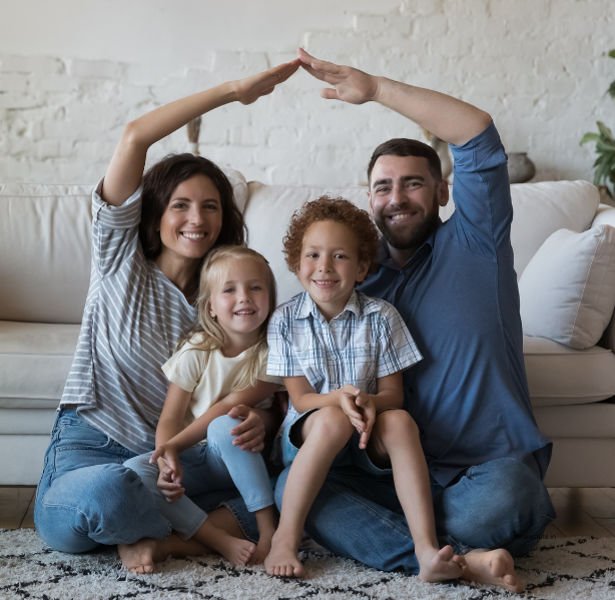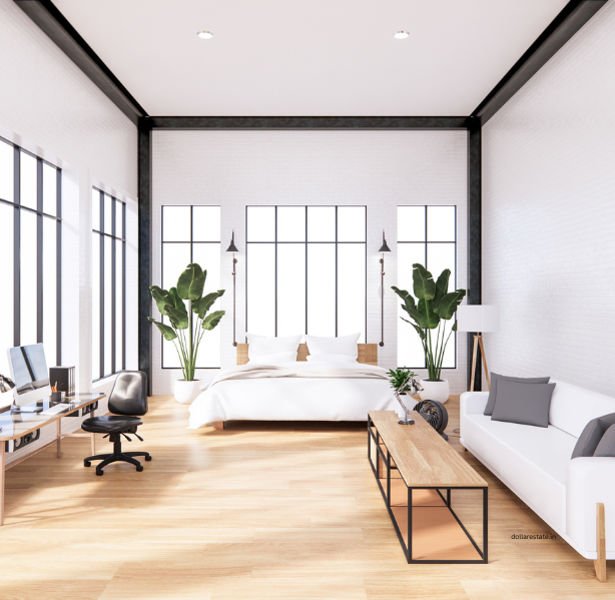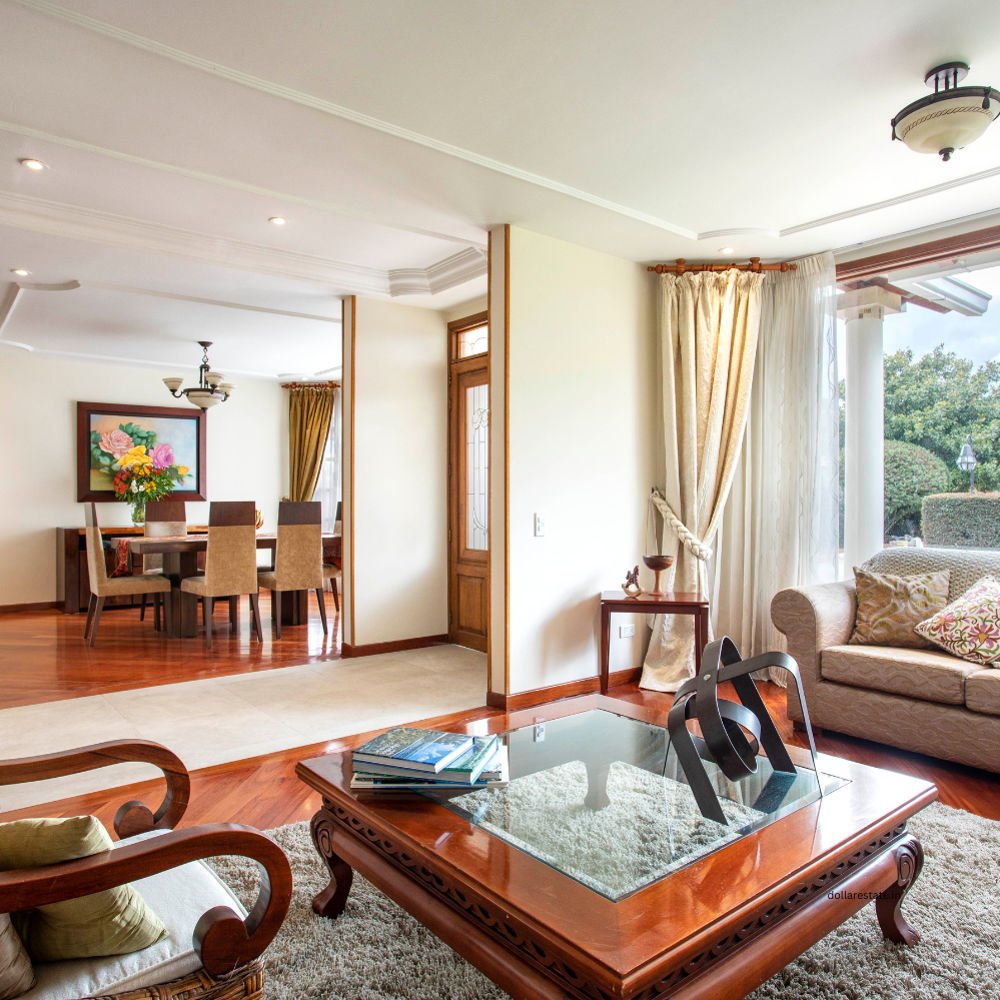Design is far more than decoration; it’s a silent partner in our health, mood, and productivity. From the chair supporting your spine to the way daylight filters across your desk, every design choice leaves physiological and emotional fingerprints. Exposure to natural light synchronizes circadian rhythms, boosting serotonin by day and melatonin at night. Workplaces with ample glazing report fewer sick days and greater focus, while bedrooms planned for dawn’s gentle glow promote deeper, restorative sleep.


Ergonomics and Movement
Furniture that adapts to the body—adjustable desks, lumbar-supporting seats—prevents strain and encourages micro-movement. By reducing musculoskeletal stress, well-considered ergonomics translate directly into lower healthcare costs and higher daily energy.
Color Psychology
Blues calm, greens rejuvenate, and yellows spark creativity. Strategic palettes can lower blood pressure in hospitals, accelerate learning in classrooms, or stimulate conversation in cafés. Thoughtful color selection turns walls into wellness tools.
Acoustic Comfort
Noise pollution elevates cortisol and impairs concentration. Sound-absorbing panels, soft flooring, and strategic zoning hush excess decibels, fostering mental clarity in offices and tranquility in homes.
Biophilic Connections
Integrating plants, natural materials, and fractal patterns satisfies our innate love of nature. Biophilic spaces reduce stress by up to 30 percent, enhance cognitive function, and even accelerate postoperative healing.
Spatial Flow
Open, intuitive layouts prevent bottlenecks, reduce trip hazards, and support social interaction. Way-finding cues—sightlines, lighting changes, floor textures—guide movement subconsciously, easing anxiety in hospitals and transit hubs alike.

“This quote emphasizes the significance of charity as an essential virtue that allows compassion and benevolence to flow from one person “
John Doe
Air and Materials
Low-VOC paints, solid-wood furniture, and advanced ventilation strip toxins from indoor air. Cleaner atmospheres mitigate asthma and headaches, reinforcing that material choices are health choices.
Personalization and Control
Giving occupants the ability to adjust lighting, temperature, and privacy fosters autonomy, a key factor in psychological well-being. Adaptive environments respect individual differences rather than forcing one-size-fits-all comfort.
Inclusive Design
Barrier-free entrances, contrasting color edges, and tactile signage ensure that spaces welcome every age and ability. Universally accessible environments not only meet legal codes but also cultivate dignity and social cohesion.
Digital Harmony
Technology can support or sabotage wellness. Interfaces embedded seamlessly—voice-activated lighting, app-controlled HVAC—simplify routines without visual clutter, keeping attention on human interaction, not screens.
Community and Identity
Local materials, cultural motifs, and communal zones root occupants in place, nourishing belonging. A well-designed neighborhood square can reduce loneliness as effectively as a clinical intervention.
Ultimately, design’s greatest power is invisible: it orchestrates light, space, and sensory cues into an environment that either drains or replenishes us. By prioritizing human-centric principles, designers wield a potent prescription for collective well-being—one measured not in square feet, but in healthier, happier lives.
